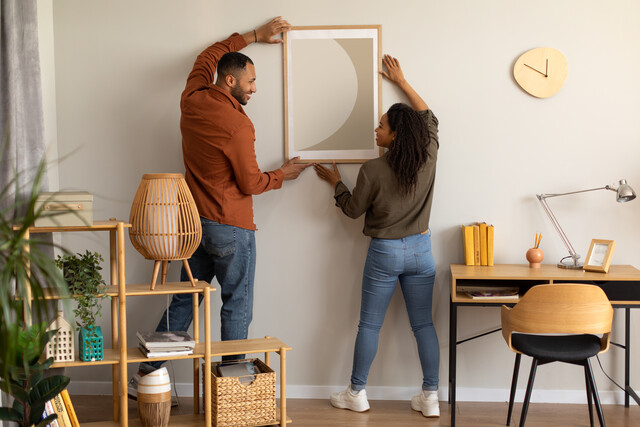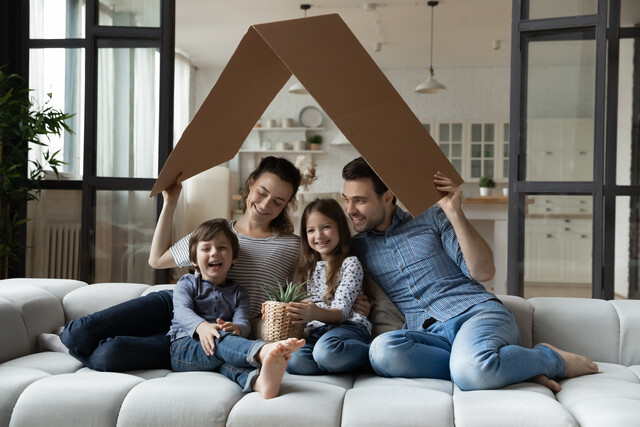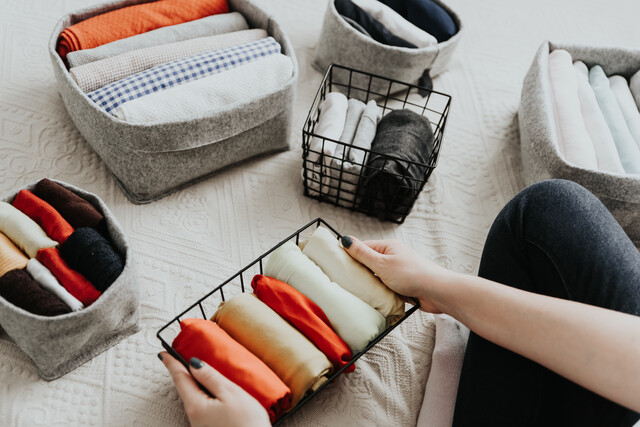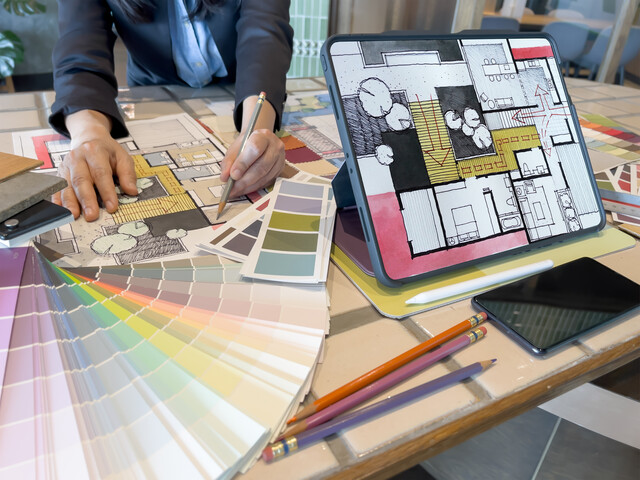How to Decorate a Room
Transform Your Space, Unleash Your Style!

9 Hours average completion time
0.9 CEUs
15 Lessons
23 Exams & Assignments
131 Discussions
14 Videos
68 Reference Files
26 Articles
Mobile Friendly
Last Updated December 2025
Unveiling Your Inner Decorator: Crafting Spaces that Resonate and Inspire
Embark on a transformative journey from novice to connoisseur with our meticulously curated course, "How to Decorate a Room". It's not just about placing furniture or painting walls; it's about weaving your essence into a space, making it uniquely yours. From elemental principles to niche design hacks, this course is a tapestry of time-tested methodologies and innovative concepts, all geared towards helping you create spaces that echo your soul.
Course Highlights:
-
Foundational Flourishes: Dive deep into the basics of design. Demystify color theory, harness the magic of different lighting moods, and master the art of floor planning with our hands-on, intuitive approach.
-
Styling Spectrum: Explore a pantheon of design styles, from the timeless allure of Victorian Romance and the tranquil vibes of Relaxed Pastoral, to the breezy notes of Beachside Chic and the opulent allure of Sophisticated Glamour. Understand the ethos, historical nuances, and defining elements of each style.
-
Practical Panache: Whether you're crafting a haven on a shoestring budget or navigating the challenges of an unconventional room layout, we've got actionable tips and tricks to ensure your decor dreams don't get compromised.
-
Decorating Deep Dives: Engage with specialized modules that tackle specific design challenges -- be it infusing life into a space with greenery, evading an overly formal ambience, or weaving a sensory experience that tantalizes every sense -- sight, sound, touch, smell, and even taste.
-
Personalization Paradigm: While we provide you the tools and templates, we champion your individuality. Our course empowers you with the know-how and then encourages you to remix, re-imagine, and reinvent to suit your unique narrative.
-
Elevate and Inspire: This course isn't just about learning; it's about sparking creativity. Post-course, you won't just be equipped to transform rooms, you'll be invigorated, seeing potential in every corner, every nook of your home.
Perfect for budding decorators seeking direction, or seasoned enthusiasts yearning for a fresh perspective, "How to Decorate a Room" is more than a course; it's a movement. One that celebrates design not as mere aesthetics, but as a medium of self-expression. Enroll today, and let's paint your decor dreams into reality!
- Sustainable decor practices
- Budget-maximization strategies
- Historical style interpretation
- Conceptual design innovation
- Creating sensory experiences
- Transformational thinking
- Space planning expertise
- Color theory application
- Incorporating personal style
-

Candle Making
-

Watercolor Painting
-

Introduction to Gardening
-

How to Decorate a Room
-

Housekeeping 101
-

Western Calligraphy
-

Home Safety
-

Event Planning 101
-

Acrylic Painting
-

Etiquette 101
-

How to Can, Freeze, Dry and Preserve Food
-

Professional Organizer Training
-

How to Care for House Pets
-

How to Draw 101
-

Cooking Class Bundle: 5 Cooking Courses
-

Landscaping 101
-

Interior Design 101
-

Special Events Planning
-

Interior Decorating Made Easy
-

Beyond the Crust: The Heart and Soul of Bread Baking
-

How to Bake Cookies
-

Catering
-

Event Management Course Bundle
-

Starting Your Own Cleaning Business
-

Clutter Control